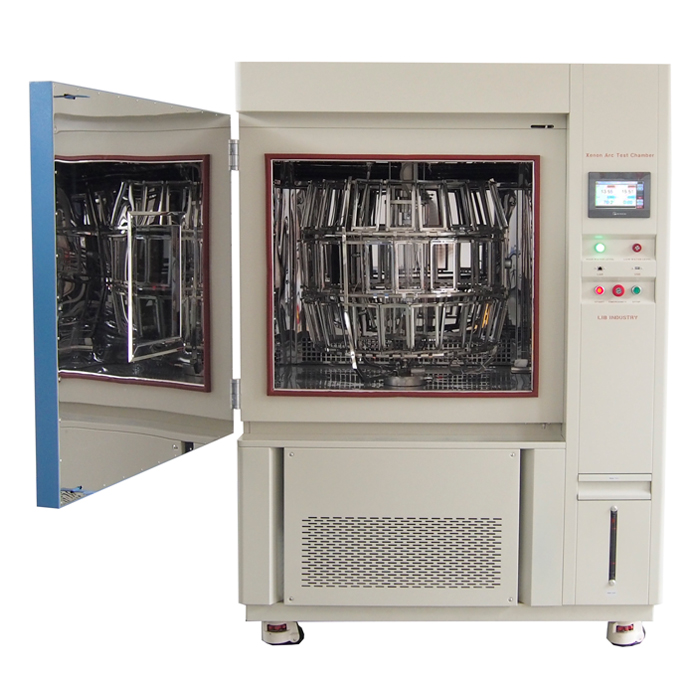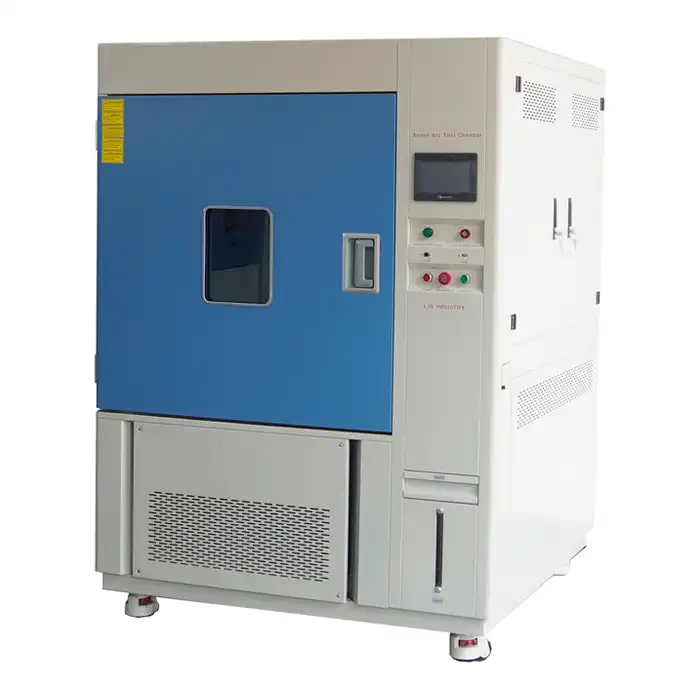What is the UV aging test?
In our ever-evolving world of materials and products, durability and longevity are paramount concerns for manufacturers and consumers alike. One crucial method for assessing the resilience of materials against environmental factors is the UV aging test. This blog post delves into the intricacies of UV aging tests, their significance, and the role of UV aging chambers in this essential process.
Understanding UV Aging
The Science Behind UV Radiation
Ultraviolet (UV) radiation is a form of electromagnetic radiation emitted by the sun. It's invisible to the human eye but can cause significant damage to various materials over time. UV radiation is categorized into three types: UVA, UVB, and UVC. Each type has different wavelengths and energy levels, affecting materials in distinct ways.
Effects of UV Exposure on Materials
Prolonged exposure to UV radiation can lead to numerous detrimental effects on materials. These include color fading, brittleness, cracking, and overall degradation of mechanical properties. Understanding these effects is crucial for industries ranging from automotive to textiles, as it directly impacts product quality and longevity.
The Importance of UV Aging Tests
UV aging tests simulate the long-term effects of UV exposure in a controlled environment. These tests are invaluable for predicting how materials will perform over time when exposed to sunlight and other UV sources. By conducting these tests, manufacturers can improve product durability, enhance quality control, and meet industry standards.
The UV Aging Test Process
Preparation and Sample Selection
The UV aging test begins with careful sample preparation. Materials to be tested are cut or molded into standardized shapes and sizes. It's crucial to select samples that accurately represent the final product to ensure reliable results. Proper preparation also includes cleaning the samples and documenting their initial properties.
UV Aging Chamber Setup
A UV aging chamber is the cornerstone of the UV aging test. These specialized chambers are designed to simulate outdoor weathering conditions in a controlled environment. They typically include UV lamps that emit specific wavelengths of UV radiation, temperature and humidity controls, and systems for monitoring and adjusting test conditions.
Exposure and Monitoring
Once the samples are placed in the UV aging chamber, they are subjected to predetermined cycles of UV exposure, often combined with other environmental factors like heat and moisture. The duration of the test can vary from a few days to several months, depending on the material and the desired level of aging. Throughout the process, samples are monitored for changes in appearance, physical properties, and chemical composition.
Analyzing UV Aging Test Results
Visual Inspection and Physical Testing
After the exposure period, samples undergo a thorough visual inspection to identify any visible changes such as discoloration, cracking, or surface degradation. Physical tests are then conducted to measure changes in properties like tensile strength, flexibility, and hardness. These tests provide quantitative data on how the material's performance has been affected by UV exposure.
Chemical Analysis
Chemical analysis techniques, such as spectroscopy or chromatography, are often employed to detect changes in the material's chemical structure. This analysis can reveal alterations in molecular bonds or the formation of new compounds, providing insight into the mechanisms of degradation.
Data Interpretation and Reporting
The final step involves interpreting the collected data and preparing a comprehensive report. This report typically includes comparisons between the initial and post-exposure properties, analysis of degradation rates, and predictions of long-term performance. The insights gained from these reports are invaluable for product development, quality assurance, and meeting regulatory requirements.
Applications of UV Aging Tests
Automotive Industry
In the automotive sector, tests using UV aging chamber are crucial for evaluating the durability of both exterior and interior components. From paint and coatings to dashboard materials and upholstery, these tests help ensure that vehicles maintain their appearance and functionality over years of sun exposure.
Construction and Building Materials
UV aging tests play a vital role in the development and quality control of construction materials. Roofing materials, exterior paints, and window sealants are just a few examples of products that benefit from these tests, ensuring they can withstand years of outdoor exposure without premature degradation.
Consumer Goods and Packaging
Many consumer products, from outdoor furniture to food packaging, are subject to UV aging tests. These tests help manufacturers design products that maintain their appearance and functionality throughout their intended lifespan, even when exposed to sunlight during use or storage.
Advancements in UV Aging Technology
Innovative UV Aging Chambers
The field of UV aging testing is continuously evolving, with new technologies enhancing the capabilities of UV aging chambers. Modern chambers offer more precise control over UV intensity, spectral distribution, and environmental conditions. Some advanced models can even simulate complex day/night cycles and seasonal variations, providing more realistic aging scenarios.
Integration of AI and Machine Learning
Artificial intelligence and machine learning are beginning to play a role in UV aging tests. These technologies can analyze vast amounts of test data to identify patterns and predict material behavior with greater accuracy. This integration allows for more efficient testing processes and more reliable long-term performance predictions.
Sustainable Testing Practices
As environmental concerns become increasingly important, the UV aging test industry is focusing on developing more sustainable practices. This includes the use of energy-efficient UV lamps, recycling of test materials, and the development of accelerated testing methods that can provide reliable results with reduced energy consumption and waste generation.
Conclusion
UV aging tests are an indispensable tool in ensuring the quality and longevity of countless products we use daily. By simulating years of UV exposure in a controlled environment, manufacturers can develop more durable materials, improve product performance, and meet the ever-increasing demands of consumers and regulatory bodies. As technology continues to advance, we can expect even more precise and efficient UV aging test methodologies, contributing to the development of longer-lasting and more sustainable products across various industries.
At LIB Industry, we understand the critical role that UV aging tests play in product development and quality assurance. Our state-of-the-art UV aging chambers are designed to meet the diverse needs of manufacturers across the globe. If you're looking to enhance your product testing capabilities or need more information about our UV aging test solutions, don't hesitate to reach out to us at info@libtestchamber.com. Our team of experts is ready to help you implement robust UV aging test protocols tailored to your specific requirements.
References
1. Johnson, A. R., & Smith, B. T. (2019). "Advances in UV Aging Test Methodologies for Polymer Materials." Journal of Materials Science, 54(15), 10237-10256.
2. Zhang, L., & Chen, X. (2020). "The Impact of UV Aging on Automotive Coatings: A Comprehensive Review." Progress in Organic Coatings, 148, 105831.
3. Patel, M., & Brown, R. (2018). "UV Aging of Polymers: Mechanisms and Laboratory Techniques." Polymer Degradation and Stability, 157, 24-36.
4. Williams, E. D., & Thompson, R. C. (2021). "Innovations in UV Aging Chamber Design for Enhanced Material Testing." Materials Testing, 63(5), 456-463.
5. Garcia-Sanchez, F., & Martinez-Lopez, A. (2020). "Application of Machine Learning in UV Aging Test Data Analysis." Artificial Intelligence in Materials Science, 2(3), 215-229.
6. Lee, S. H., & Kim, J. W. (2022). "Sustainable Practices in UV Aging Testing: Balancing Accuracy and Environmental Impact." Journal of Cleaner Production, 330, 129751.



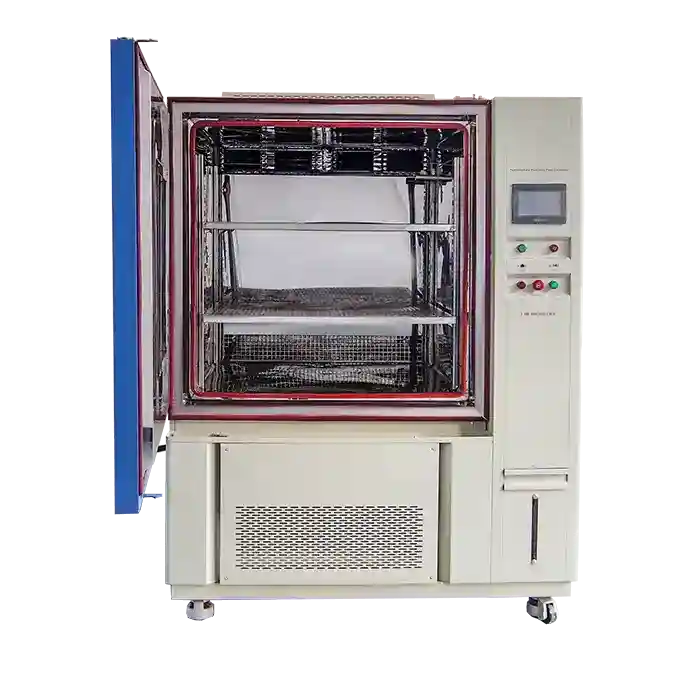
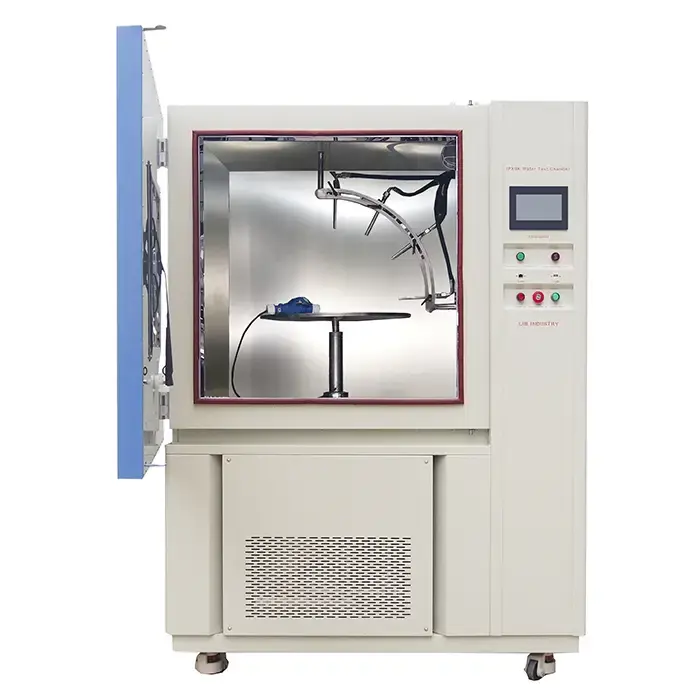
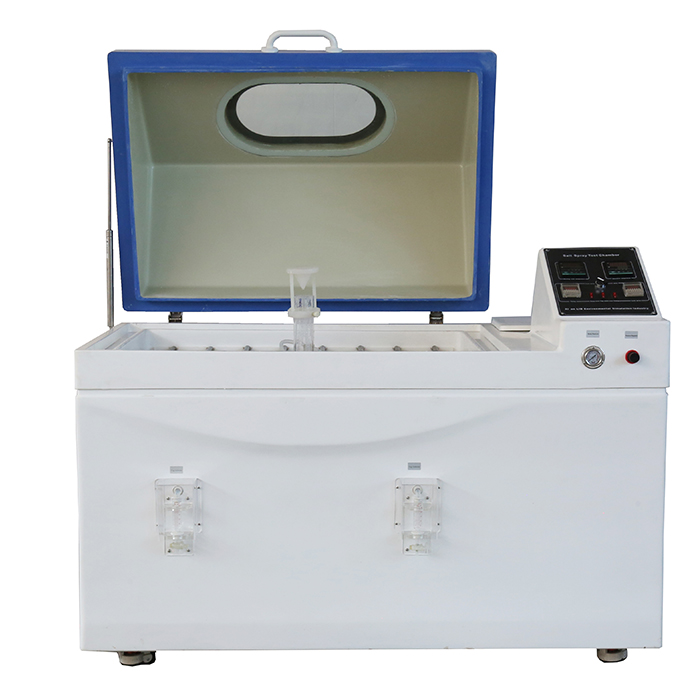
.webp)
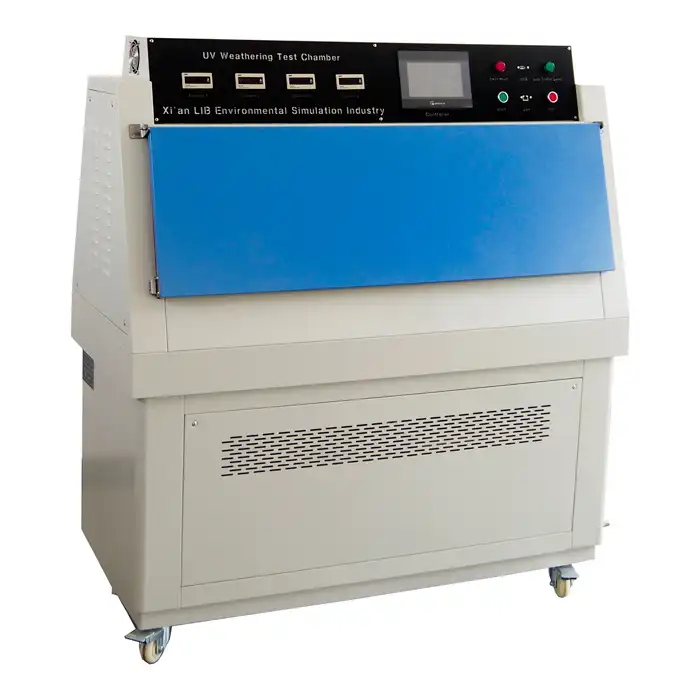
.jpg)
